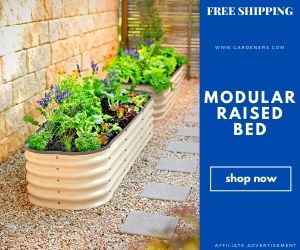Well, there is a hidden gardener in all of us. That is what we like to think! A lot of people never think about this. Mostly because we get our vegetables from other sources.
Like the market mostly. So it is natural that most people have not ventured towards this side of the equation. Which is basically growing your own vegetables. Is there a catch?
Well obviously, you need a garden. However, that is it for the most part. If you have a garden, you have the most important ingredient to grow your own vegetables(and anything else that you like). That being said, the soil is also important.
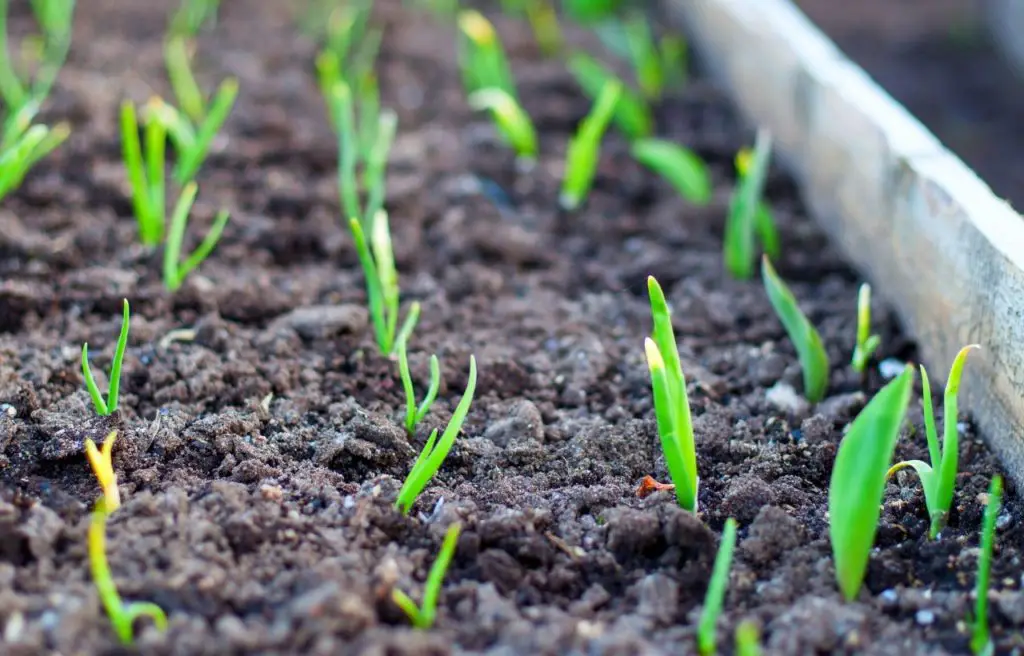
The growth of the vegetables highly depends on the quality and the nutrients of the soil it is planted in. So it is important to get that right. The benefits of having your own garden vegetables are:
- Cost-Effective- It will cost you less than the market prices
- No Transport Cost- No errands to run for vegetables
- No Compromise On Quality- You will make what is best for you
- No Seasonal Fluctuation- You can plant whatever you want and in whatever quantity.
That being said, let me tell you how can get the perfect soil for your garden.
How To Prepare A Garden Bed For Growing Vegetables:
Preparing the soil for growing vegetables is really important. A healthy and productive vegetable garden starts with the soil. You need high-quality soil for growing vegetables, that is super important. Don’t go for something like Topsoil because that is just dirt. Preparing a garden soil is quite easy, there is nothing complicated in it. If you follow the steps carefully you will get it ready.
Measuring:
You probably want to measure your garden plot just for safety purposes. Keep in mind the exact idea of how many vegetables you want to plant and in which sequence. After that, we can begin, regardless of the condition of your garden.
Remove Weeds:
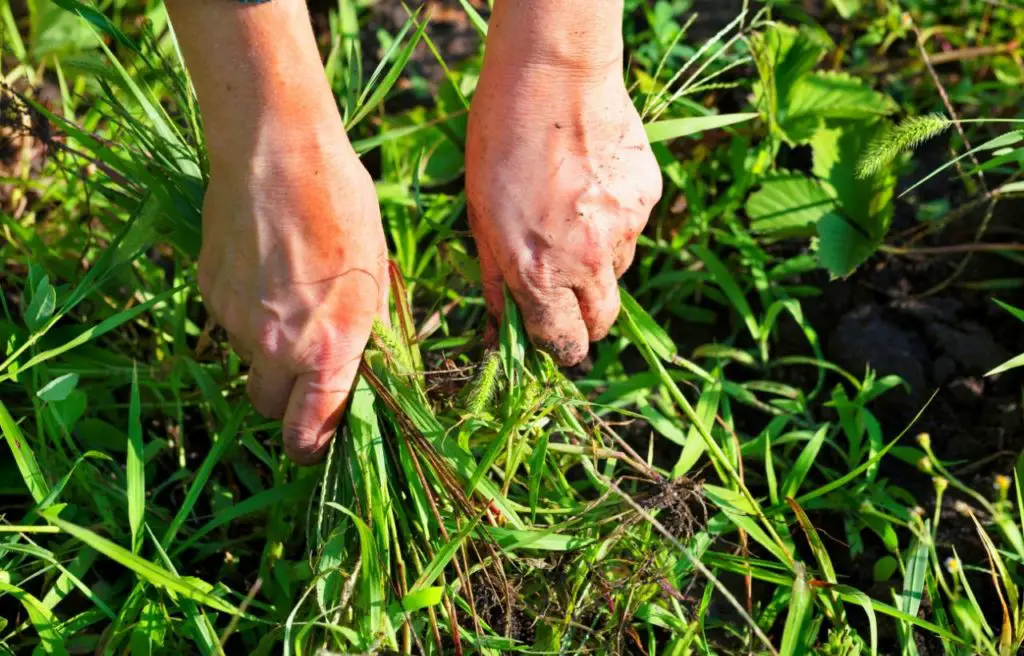
Firstly, remove as many weeds as possible. Weed is a big no go for healthy soils. So you want to pull out all the weed that you see in the grass. Tiny weeds can be a really painful thing to pull out. What you want to do is use a shovel to cut the garden edges and turn the soil to make it easier to pull the grass and weeds.
Edging:
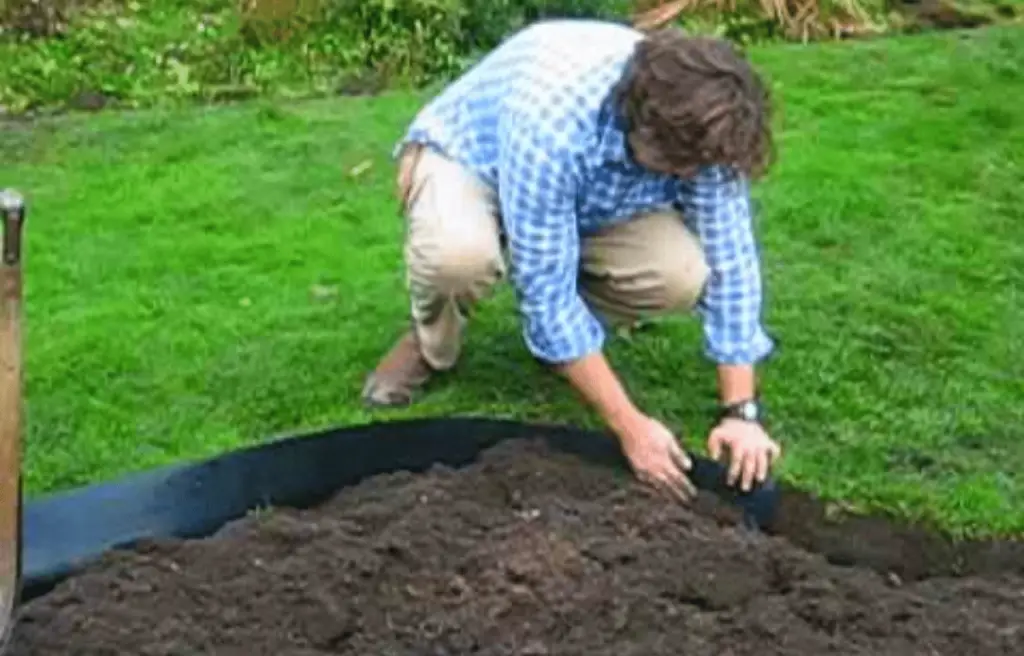
Secondly, add edging to keep the grass out. It really helps keep grass and weeds from creeping in around the edges of the garden. You can use black plastic edging. That does a great job of keeping most things from creeping in. Once all this is done, you can start adding organic soil amendments.
Composting:
Compost is a must for the vegetable soil garden. Compost is a natural fertiliser for the garden and a great supplement to any type of garden soil. Furthermore, compost is pretty cheap to buy in bulk. You want to add enough to the garden so that the compost is one to two feet deep.
Tiling:
After this step, you want to till (cultivating the soil) your garden. Tilling makes it easier to mix, break up and helps the plant reach the soil properly. You can use a pitchfork if you have, garden claw or small garden cultivators also work. Alternatively, you could also just directly plant your vegetables into the topmost layer directly.
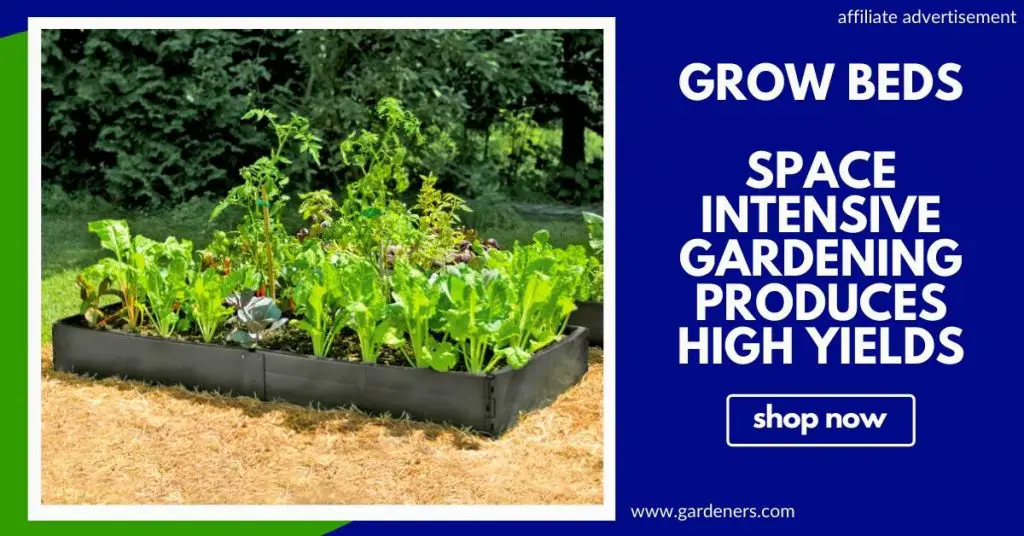
Mulching:
Next, you want to add a thick layer of mulch. Mulch is helpful in keeping weeds out of the soil and help in retaining the moisture of the soil. Before mulching your garden you could lay down a thick layer of newspaper to help with weed control if you want. Mulching really helps with the nutrients of the soil and really keeps it fertile. That is it! Your garden soil is ready. What we need to do next is take a look at the best soil for the garden bed.
Best Soil For Garden Bed:
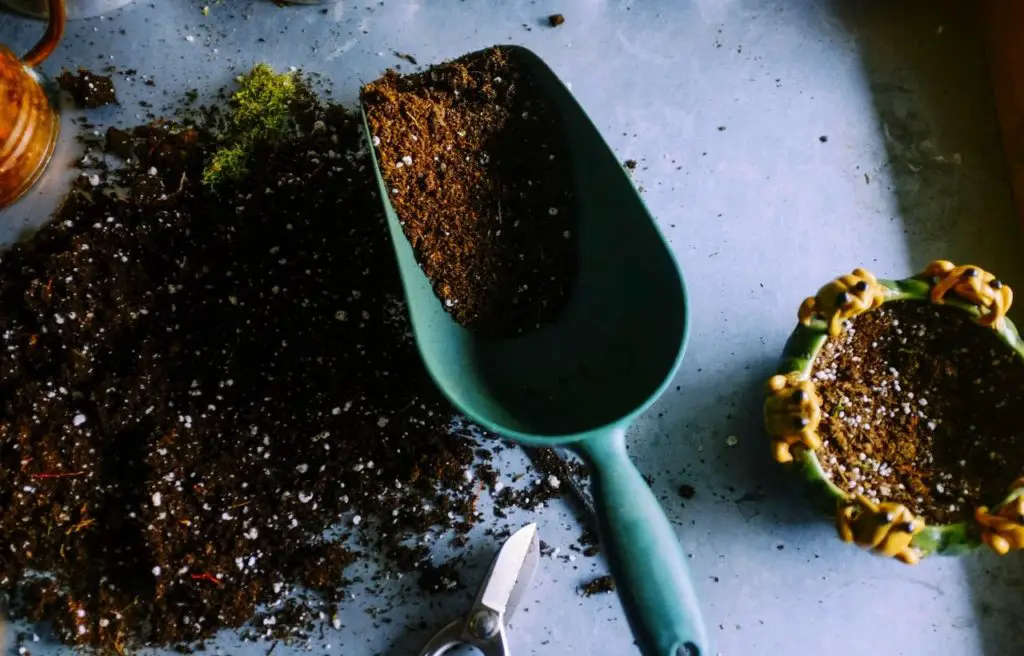
You have two options here. You can either buy a pre-mixed soil for your garden. Or you can make your own. I suggest that you should build the best soil for growing vegetables in a raised bed by mixing specific soil types.
Again, pre-mixed soils are available for purchase in the market but it’s far cheaper to make your own mix. Mixing the right types and amount of soils is easy when you follow a formula. There are a few options you can consider:
1) 50/50 Compost and Topsoil:
The choice for many people of the soil for raised beds. This approach considers the local climate and environment into consideration for growing vegetables. Start with the easiest soil mix formula of 50% compost and 50% local topsoil.
The higher the quality of the soil, the better your soil will be. Most gardeners prepare their own compost. It usually has a dark brown texture. If you want to just buy your compost, Dr Earth All Purpose Compost contains earthworm castings, alfalfa meal, kelp meal and other organic nutrients. So that is a good option.
Good compost must have Nitrogen, Phosphorous and Potassium. Topmost, on the other hand, is the first two to six inches of the top layer of the soil. You can purchase topsoil in a loamy mixture of clay, silt and sand from a landscaping supplier.
2) Lasagna Gardening Soil Solution:
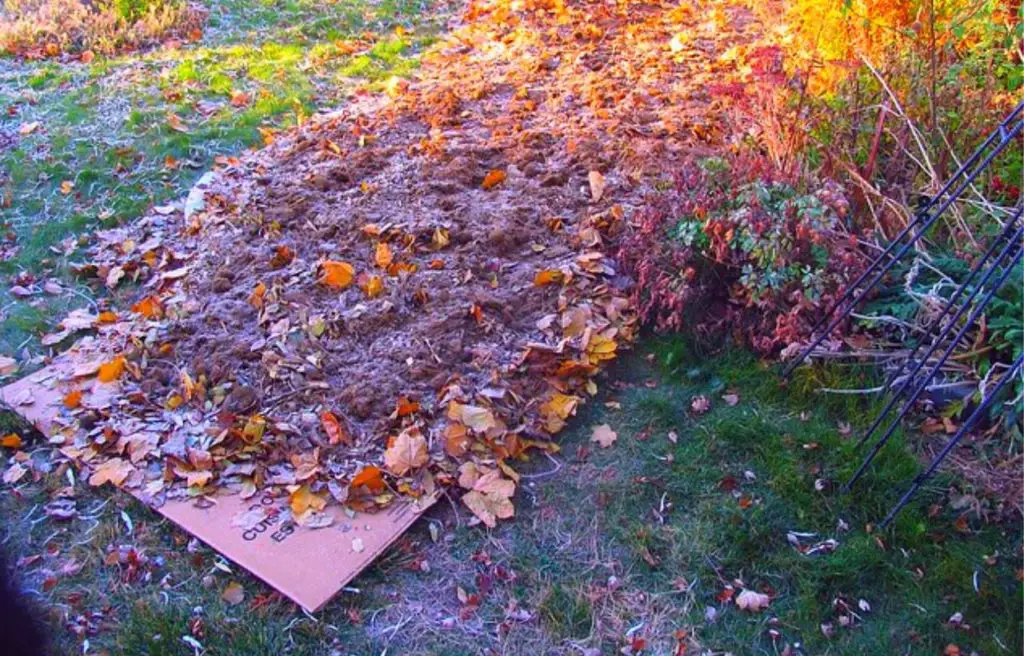
If you are really on a budget and can’t afford much. The lasagna gardening solution is the one for you. You will start by placing twigs, leaves and straw at the very bottom of the garden bed. Alternatively, you can also use vegetable ink newspapers and various compostable foodstuffs (but no meats), such as coffee grounds, eggshells, and tea leaves.
These should be layered like a lasagna until you’re about six to eight inches from the top of your garden bed. You don’t need to overfill the bed. You can use a bagged soil to fill those last few inches. Mostly, vegetables don’t need more than six to 12 inches for root growth.
If you are looking for a recommendation then Espoma Organic Garden Soil for Vegetables and Flowers features all-natural organic gardening soil that one needs.
3) Mel’s Mix:
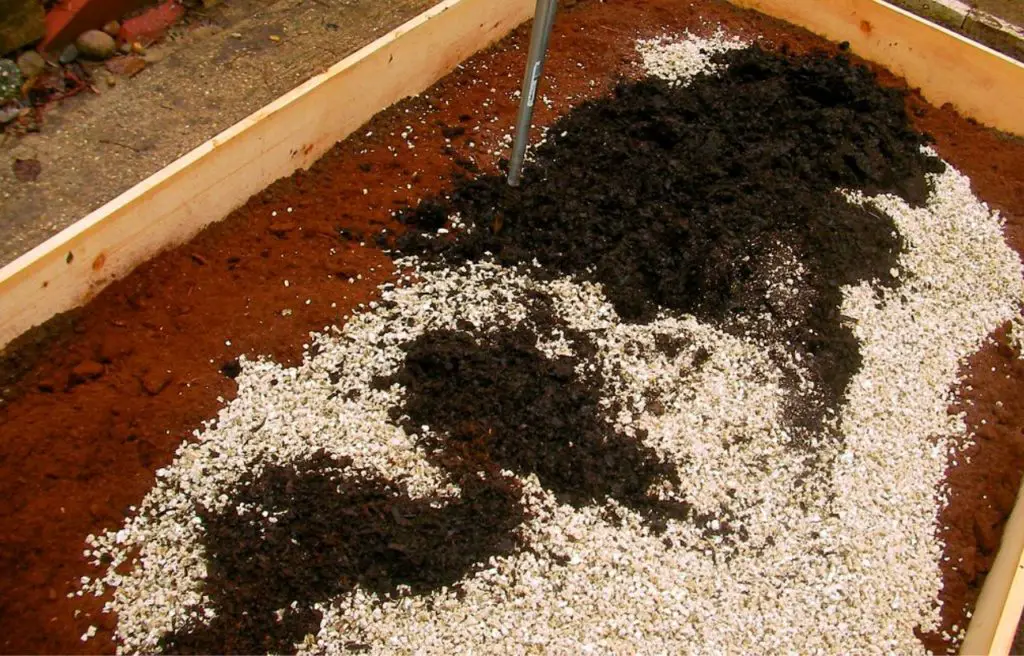
The last of the three mixes. Used by a lot of gardeners. It is mixed by volume using an easy formula consisting of 1/3 coarse horticultural vermiculite,1/3 peat moss, 1/3 blended compost. This type of soil is quite easy and can work in almost any conditions. There are of course always exceptions.
Some vegetables do require specific conditions and temperatures. Which is why I will tell you next which vegetables are most suitable for these gardens. Mel’s mix, however, is the easiest of the three.
If you have a little money and time, there is nothing better than the first option. It really gives great nutrition to your soil. It also gives great durability as well.
The reason for providing these three options is, of course, people live in different conditions throughout the world. Some have access to some products and others don’t. This is why it is was important so that people know what they are working with.
Best Vegetables for Garden Bed:
We can now go over the list of vegetables that are best for growing in your garden bed.
1) Kale:

One of the finest vegetables to produce is kale. It keeps growing well into the cool autumn. In an elevated bed, you can quite simply cover your kale to make cold frames and prolong the growing season. Additionally, If you live in an area with mild winters, the circumstances could keep your kale growing stout all winter long.
2) Swiss Chard:

Chard loves the grand environment of an elevated bed. It will keep the soil loose and nutrient deep, permitting big growth and bright, tender stalks. You can produce Swiss chard with kale and keep both going well into the chilly weather as well. Like Kale, it is one of the simplest to grow.
3) Tomatoes:

Hefty consumers that grow and spread like weeds, tomatoes are the final vegetable to produce in your garden. Just remember, they hate weeds and need a lot of care to keep them safe from slugs and other pests. Tomatoes are fundamental in many of the food we consume. So it makes sense to grow them in that sense as well.
4) Cucumbers:

Cucumbers are one more that do so well in garden beds because they need well-drained soil. If given the right circumstances, they will produce the tender, crispy, fresh-tasting cucumbers we daydream about in the winters.
However, if the soil stagnates, the cucumbers strengthen up. Put them in an elevated bed all their own, and give them something to trellis on and you will keep those crazy, climbing trails under control.
5) Potatoes:

Potatoes are another that not only produces well in garden beds; they are also much simpler to produce this way. These vegetables gain from hilling soil around the shoots as they grow. You can effortlessly contain your hills in an elevated bed. Also, you can create a bed that you can add to as your plants grow.
Potatoes need loose, mud-covered soil that drains well. Additionally, they grow great when they are able to simply spread out in the soil, and this loose soil will keep them from deterioration. Potatoes grown in elevated beds tend to have more yields.
6) Lettuce:

Head lettuces look flawless in elevated beds. They look like spheres of bright green, dark green, red-tipped green dotting deep brown rectangular beds with arranged corners. Nothing could be lovelier; they do really grow well in elevated beds.
Also, lettuces also love the warmer soil and fewer weeds of raised beds(which is why they are perfect). You can grow your lettuces prior in the season and watch them grown into the next season.
7) Beets:

Beets are actually simple to grow and they love the loamy soil. You can just pile into an elevated bed. They thrive in the low-weed atmosphere. The raised bed keeps the beets in a soil designed particularly for them.
The drainage is decent and not too heavy on the nitrogen. Beets are one of those vegetables that actually grow better in garden beds than in normal soils. It is a must for first-time gardeners of vegetables.
8) Salad Greens:

I mainly mean arugula and spinach for the salad greens. Growing them in an elevated bed is ideal, particularly if you have animals like chickens or dogs. They are just out of easy reach for invasive pets (who mess with stuff).
Additionally, the bed walls offer protection from scratching and digging. Slightly like lettuces, salad greens also love raised beds’ warmer soil temperatures and well-drained soil.
9) Broccoli Rabe(Rapini):

The interesting thing about broccoli is that it enjoys being grown wherever you have space for it, but broccoli rabe is actually smaller. It gets overshadowed by larger plants and loses nutrients when it has to share space. Give the rapini a home of its own in the garden bed.
It is an appealing vegetable and can be started earlier in the season in a raised bed’s warm soil. Since it is such a quick-growing plant, even in the winter you will have time for a few plantings.
10) Celery:

Celery is one more vegetable that practically urges to be planted in a raised bed. Celery is really particular and picky (the most in the list). Celery desires a long growing season, nutritious soil, and consistently damp soil.
There is a reward though, the celery will thank you for all this maintenance by becoming sweeter and tenderer than you can even imagine.
You can even pick 5 or 3 dependent on your garden beds’ size. The notion was to give you different options you can work with and choose those possibilities which really benefit you.
How to Take Care of Your Garden Bed:
Finally, after everything has been done, you must help taking care of your garden bed. There are a few steps you need to monitor in order to keep your garden healthy and to extend its life.
1) Mulch the garden bed right after planting. Use a 2-inch layer of wood chips, straw or pine straw in flower or vegetable gardens. Use plastic mulch in warm-season vegetable beds. As we talked about before, mulch avoids weeds and aids in keeping moisture in the soil.
2) You need to water the garden habitually, providing the desired amount of water essential for the specific vegetable varieties. Most vegetables need approximately 1 inch of water from irrigation or rainfall per week.
Also, check soil moisture at least twice weekly and water most plants when the topmost inch of soil begins to dry so that the top 6 inches of soil stays moist but not soggy.
3) Eradicate the weed from the bed weekly, or whenever young weeds achieve to grow the mulch layer. Instant weed removal avoids the plants from establishing in the garden. They end up stealing moisture and nutrients from your garden plants while also providing a haven for pests and disease.
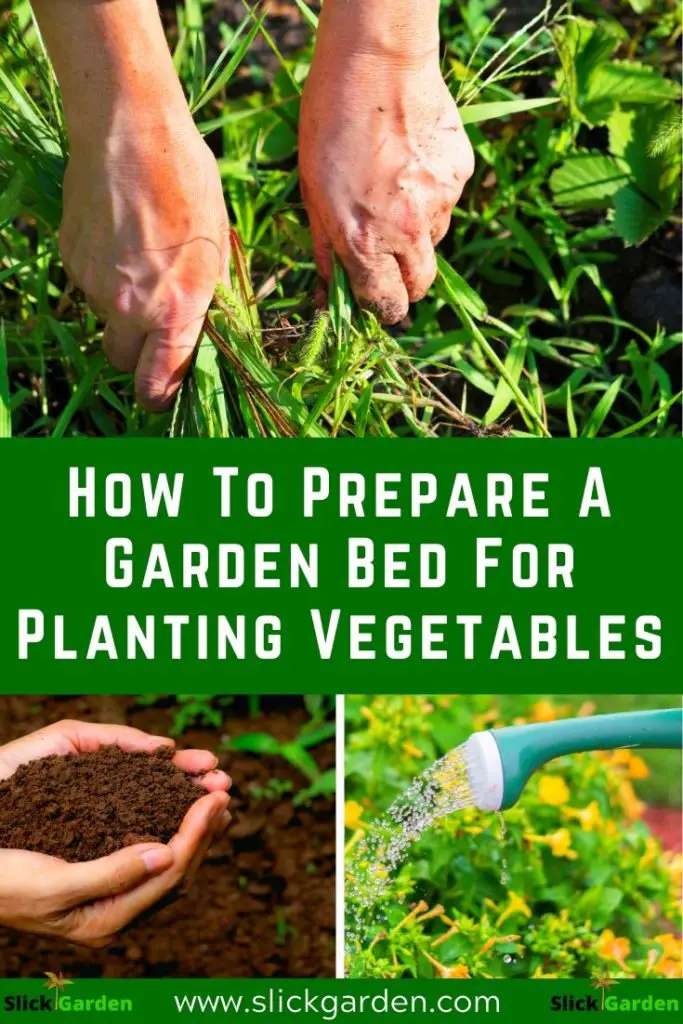
4) Check your plants weekly for signs of disease or pest harms. If found, treat the plants on time with the appropriate pesticide, like the insecticidal soap for aphids or fungicide for fungal diseases. You need to abolish badly infected plants to avoid the spread of disease to healthy plants as well.
5) You must rotate crops from year to year to reduce the probability of disease and to avoid taxing soil nutrients. This keeps the soil healthy and doesn’t render it redundant. Growing one vegetable on one side for too long can be detrimental to the value of the plant.
That is all you need for the maintenance of your garden bed. Some common things which you will need are garden gloves, mulch, fertilizer, insecticide or fungicide and pruning shears. You are good to go!
(Read More)
- How Often Should I Water A Raised Vegetable Garden?
- How To Grow Beefsteak Tomatoes In Pots
- 30 Fast Growing Vegetables In Pots (Growth Time Mentioned)
- 10 Reasons Why Kitchen Gardening As Hobby Is Better Than Any Other Hobby!
I hope you enjoy this post. Please share it with your friends and family.

